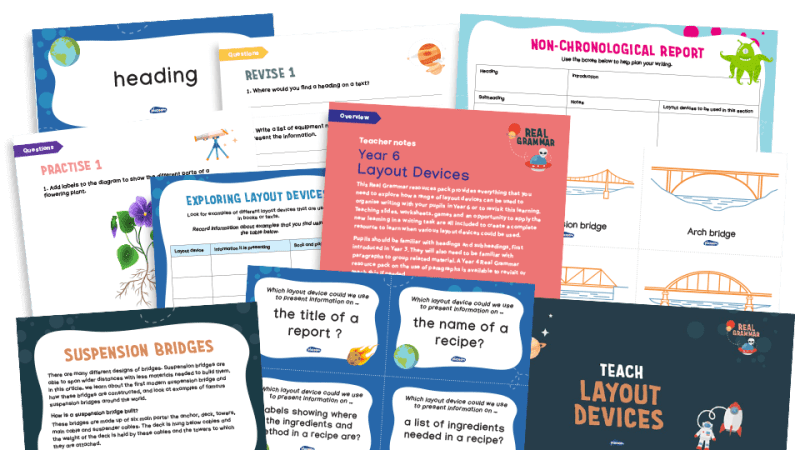Nature poetry – Helping students reconnect with the world

Young people are losing touch with nature – but poetry can help them reconnect, reflect and care more deeply about the world around them…

- by Dr Jessica De Waal
- School leader, PhD graduate and freelance writer Visit website

Young people today are increasingly disconnected from nature. They’re spending more time indoors, and less time enjoying being outside. This can affect their wellbeing and limit their understanding of the environment and the climate crisis. Nature poetry offers a powerful way of bridging this gap.
It encourages young readers to tune into their senses, focus on the present moment and explore their emotions.
Through vivid imagery and rhythm, nature poetry can evoke the beauty and fragility of our planet. In turn, it can help children to appreciate the natural world.
It also provides a creative and emotional space in which to explore the urgency of climate change in a deeply personal way.
Taking students outside presents them with a chance to pause and reconnect with the world around them. Sitting quietly, they can closely observe and record what they notice through each of their senses – a gentle wellbeing exercise that encourages calm, focus and emotional awareness.
Back in the classroom, students can then use their sensory notes as the foundation for descriptive poems that capture the essence of their outdoor experience, thus sparking their creativity while fostering an appreciation for the environment.
Example nature poems
Generating empathy
Nature poetry also let students empathise and connect with the natural world. One effective approach can be to have them choose an aspect of nature currently under threat, such as the Great Barrier Reef, a melting glacier, or an endangered animal.
After researching its features, habitat and the challenges it faces, they can give this natural entity a voice using poetry.
Writing in the first person, the chosen subject could reflect on its past, express its fears and plead for help. This exercise deepens understanding, encourages compassion and empowers students to engage creatively with real-world environmental issues.
Example nature poems
Two-part poems
To help students truly understand the degradation of our planet, teachers can use ‘before and after’ photographs of, for example, deforested areas, polluted rivers or melting ice caps.
Examining the contrasts between these thriving ‘before’ and damaged ‘after’ images, students can reflect on what was lost and then write a two-part poem.
The first stanza should try to capture the beauty, life and vibrancy of the untouched environment, while the second explores the subsequent destruction, absence or silence.
This approach fosters empathy, critical thinking, and emotional engagement with environmental issues.
Example nature poems
At a time when many are growing up detached from nature, poetry can encourage mindfulness, strengthen language skills and give young people a voice with which to express their concerns and hopes.
Through rhythm, imagery and reflection, nature poetry will help students to both see the world more clearly and care for it more deeply.
Jessica De Waal is a school leader, PhD graduate and freelance writer exploring environmental literature, ecocriticism and educational issues.










